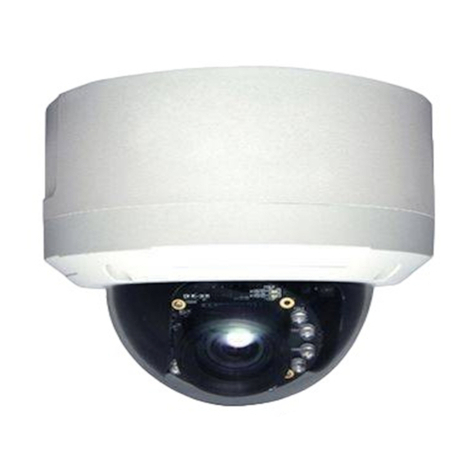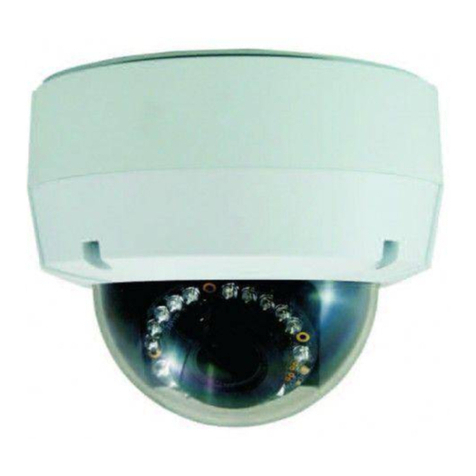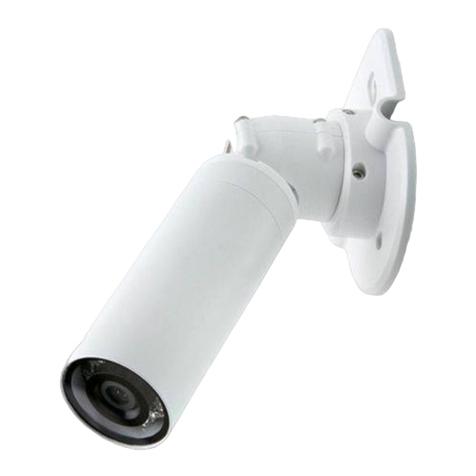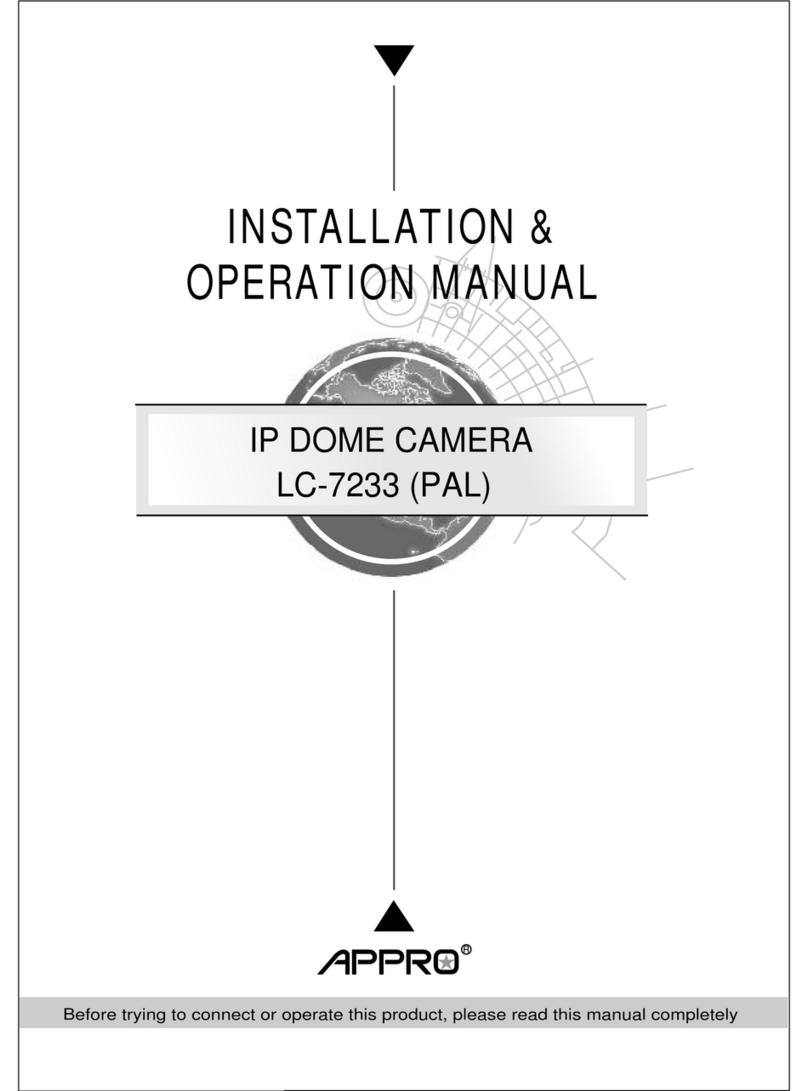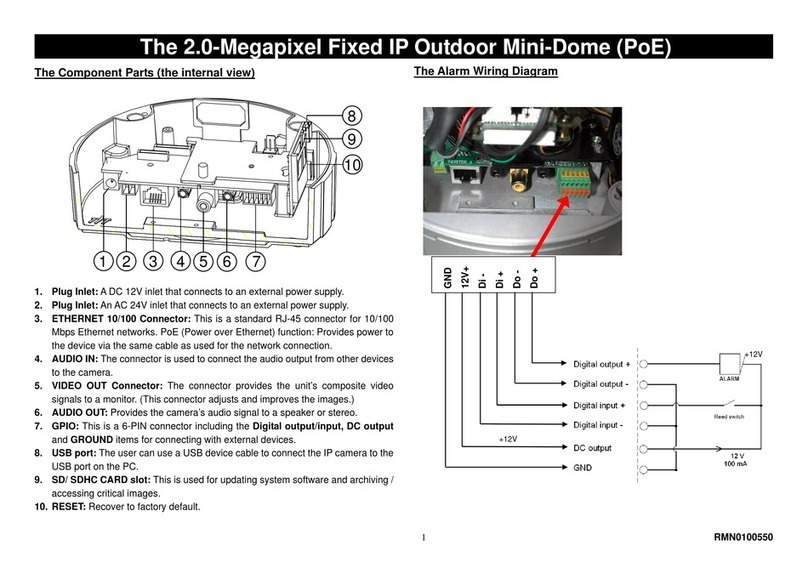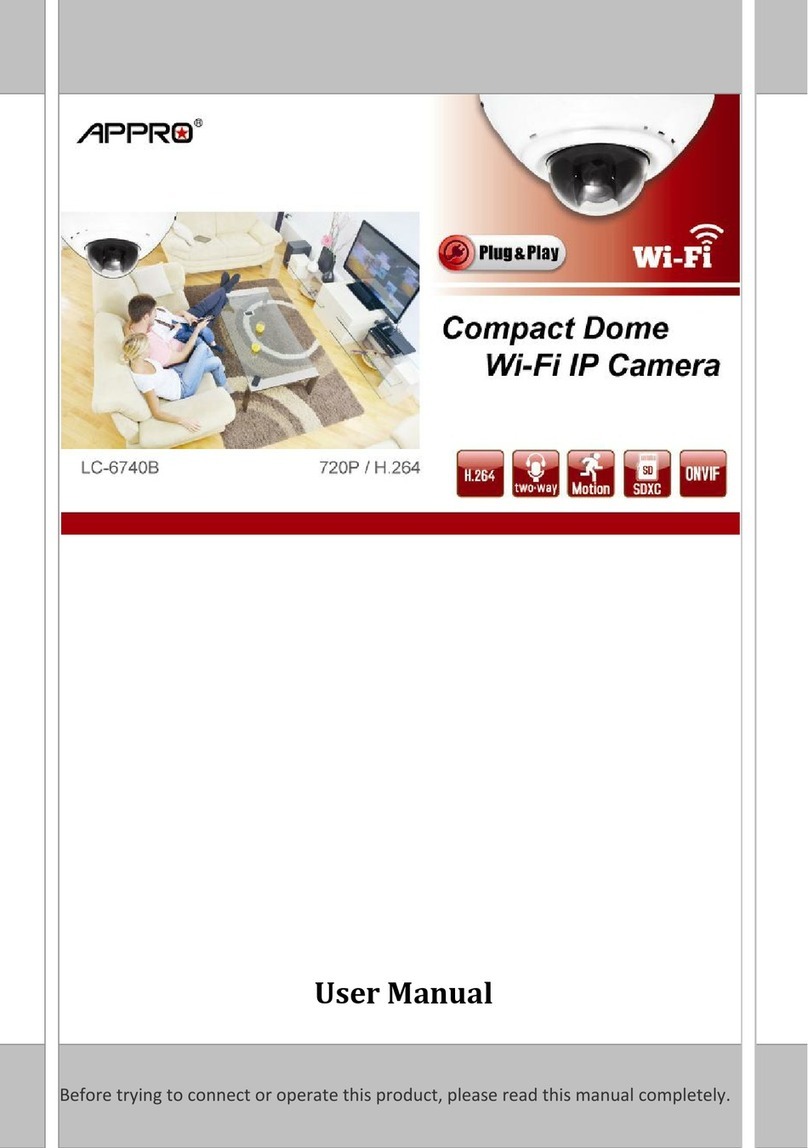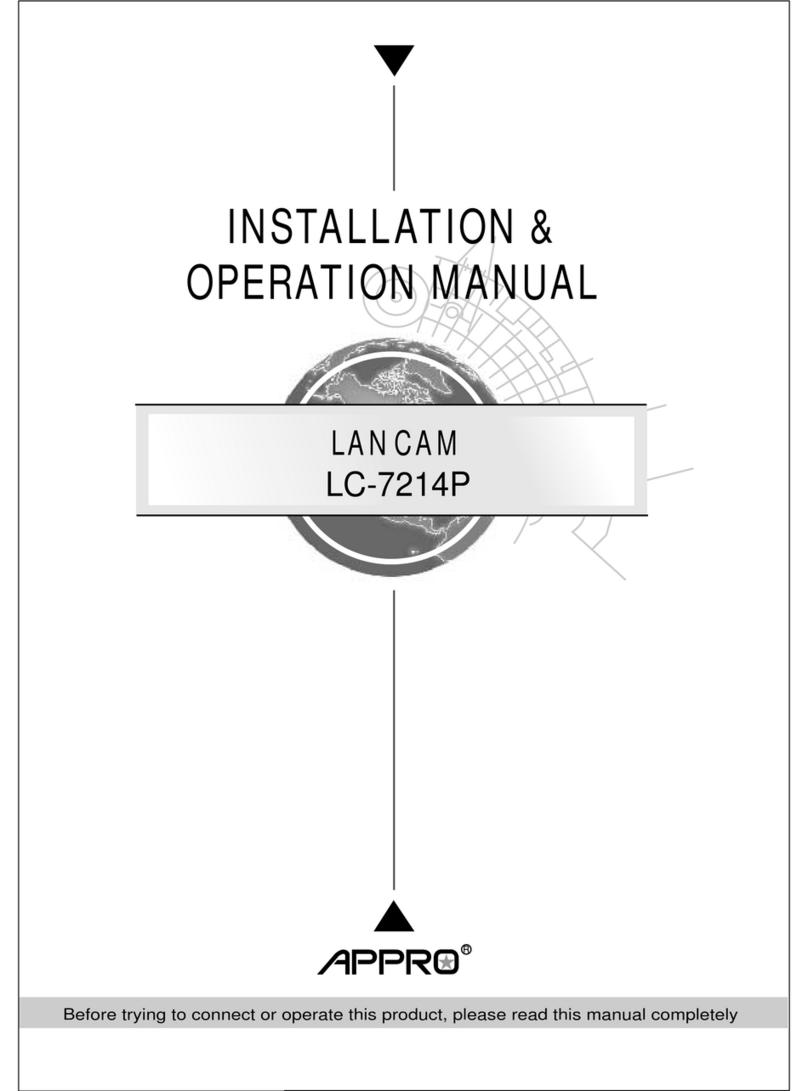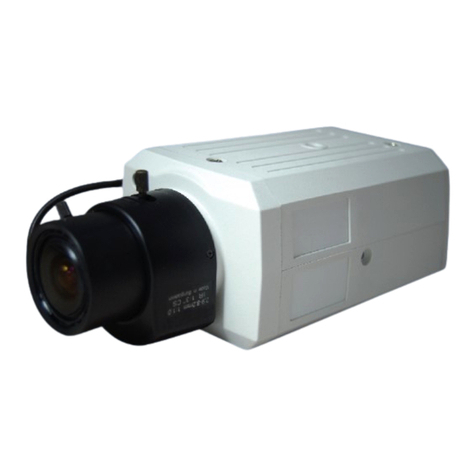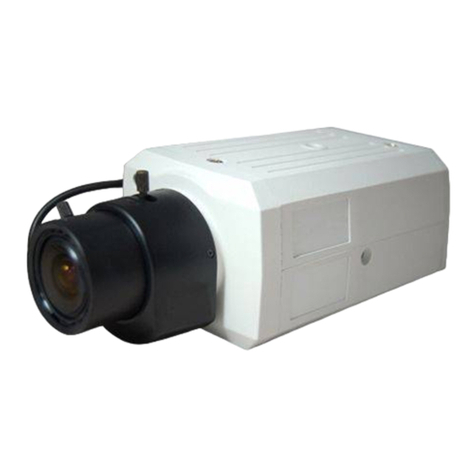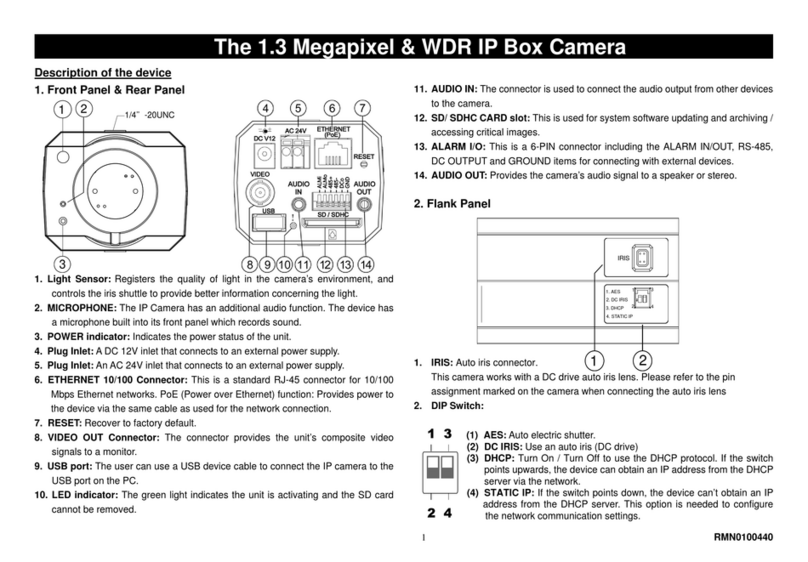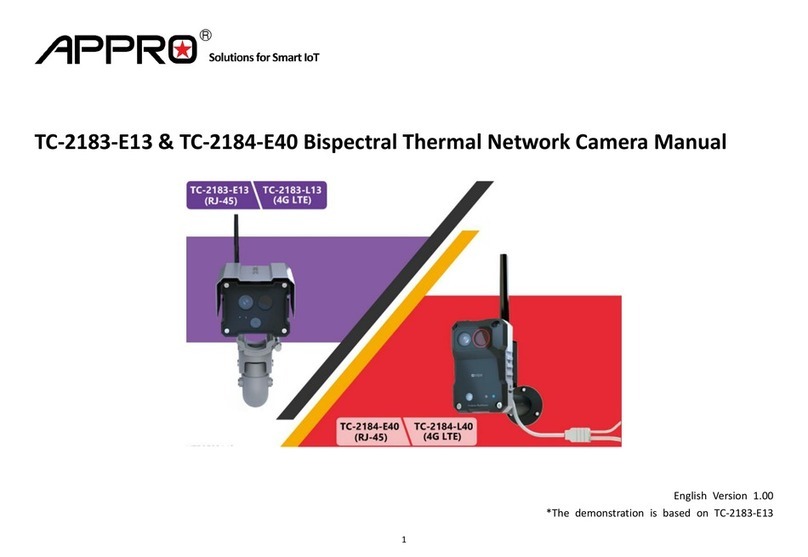
1
Table Of Contents
SAFETY PRECAUTIONS .............................................................................3
1. PRODUCT FEATURES.............................................................................4
1.1 PRODUCT INSTRUCTIONS.....................................................................4
1.2 PRODUCT FEATURES ...........................................................................5
2. DESCRIPTION OF THE SURFACE .........................................................6
2.1 THE LC-7513 IP BOX CAMERA (POE)..................................................6
2.2 THE LC-7523/7533 FIXED IP INDOOR/ OUTDOOR MINI-DOME (POE)
................................................................................................................8
2.3 THE LC-7553 BULLET IP CAMERA INDOOR/ OUTDOOR (POE)...............9
2.4 THE RESET BUTTON ..........................................................................11
2.5 THE ALARM WIRING DIAGRAMS ...........................................................12
2.6 THE USB FUNCTION..........................................................................15
3. INSTALLATION ......................................................................................16
3.1 HARDWARE INSTALLATION..................................................................16
3.2 PLACING A DESICCANT PACK INSIDE THE CAMERA...............................17
3.3 UPDATING SYSTEM SOFTWARE ..........................................................18
4. Network Configuration..........................................................................19
4.1 CABLE CONNECTIONS........................................................................19
4.1.1 Connect to a computer ......................................................................................................................19
4.1.2 Connect to a LAN Hub (INTRANET) .............................................................................................19
4.2 CONFIGURE YOUR IP CAMERA NETWORK SETTINGS ...........................20
4.2.1 Enable DHCP Function.....................................................................................................................20
4.2.2 Set IPAddress ...................................................................................................................................20
4.3 TCP/IP COMMUNICATION SOFTWARE.................................................21
4.4 TCP/IP INSTALLATION .......................................................................23
